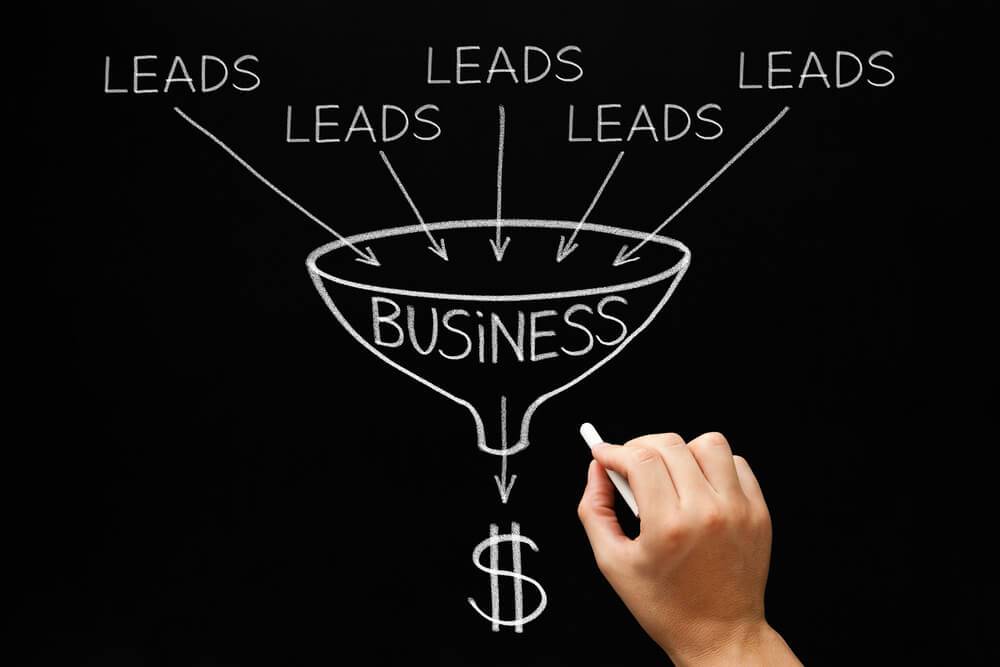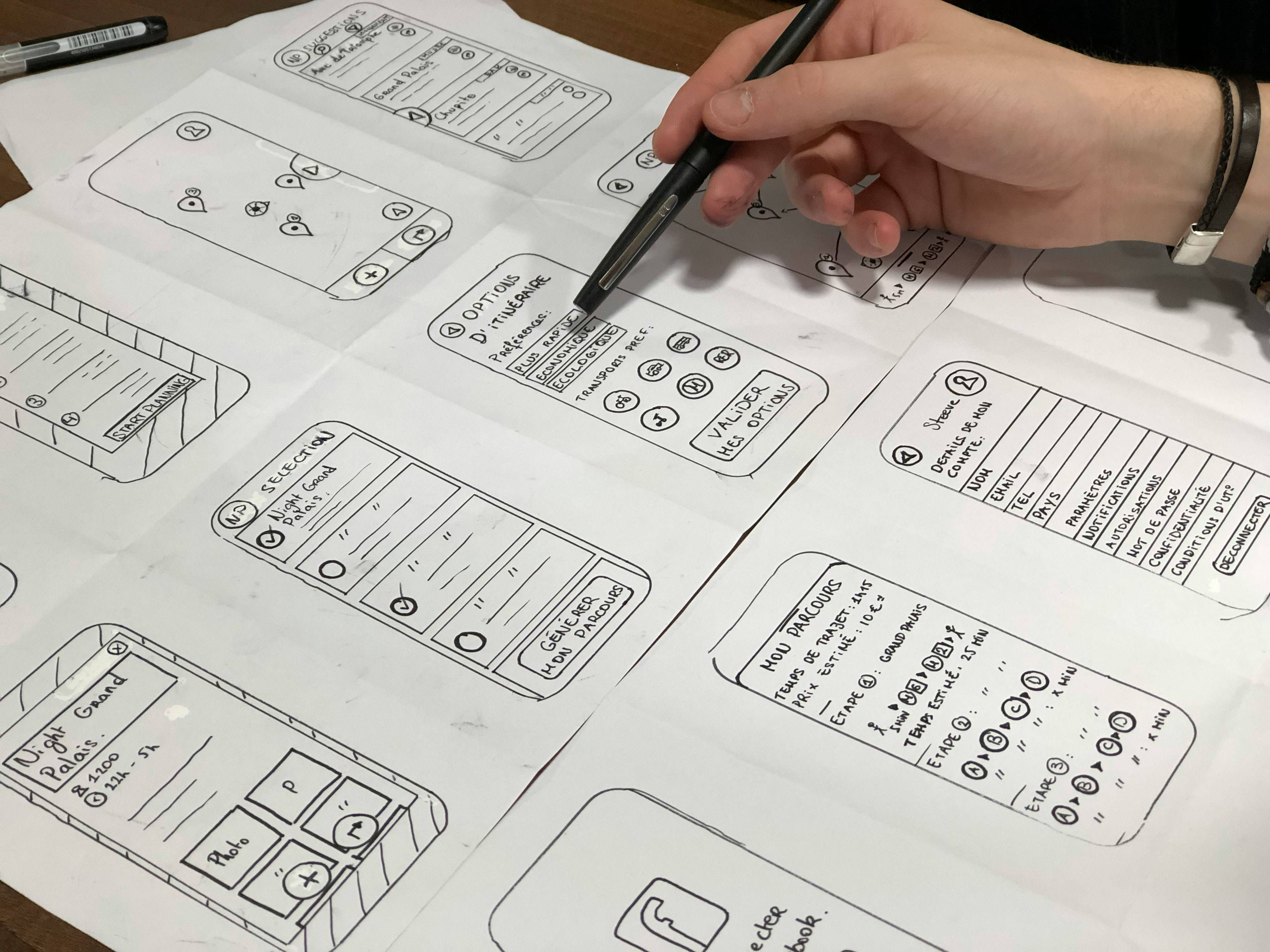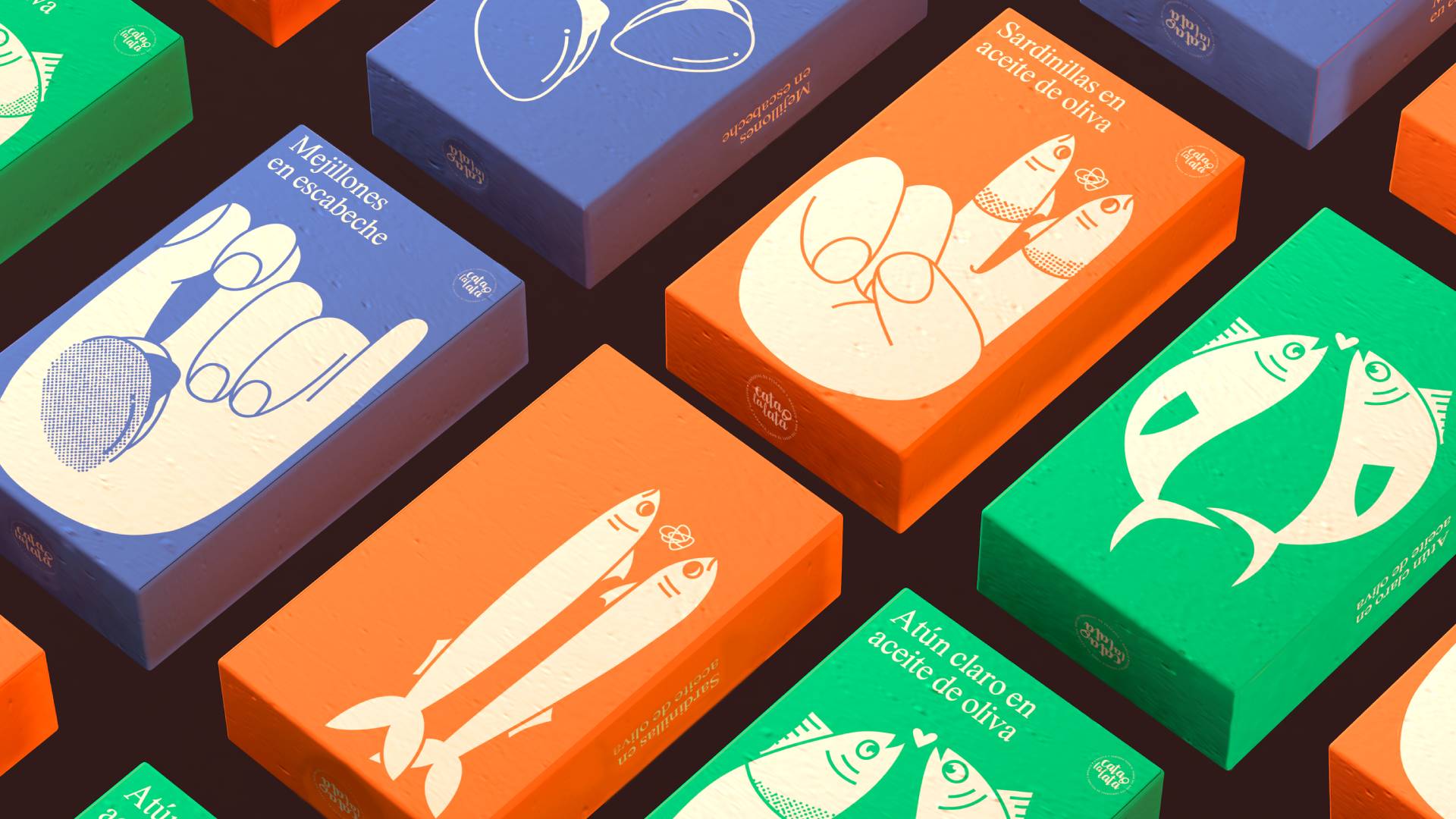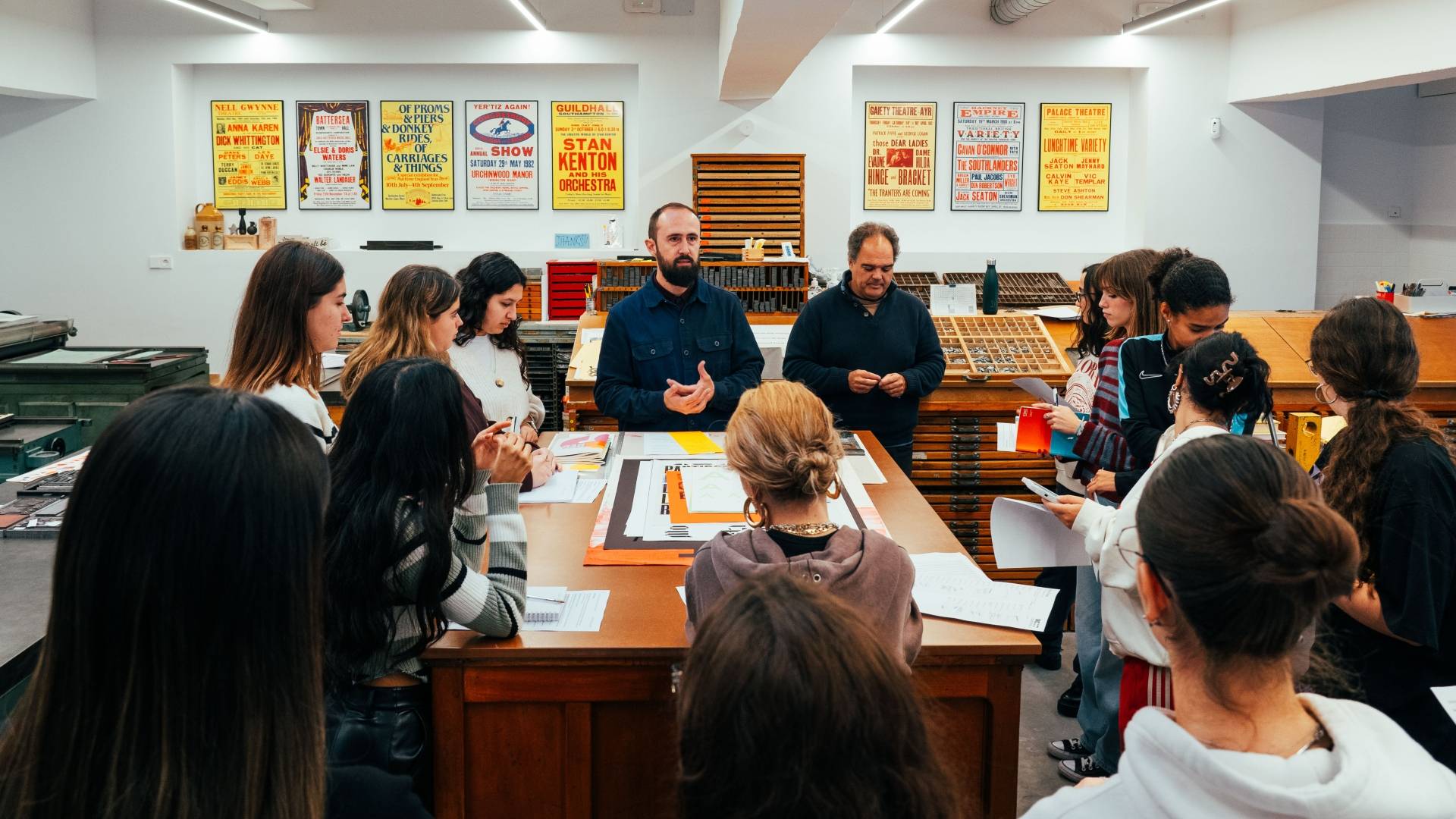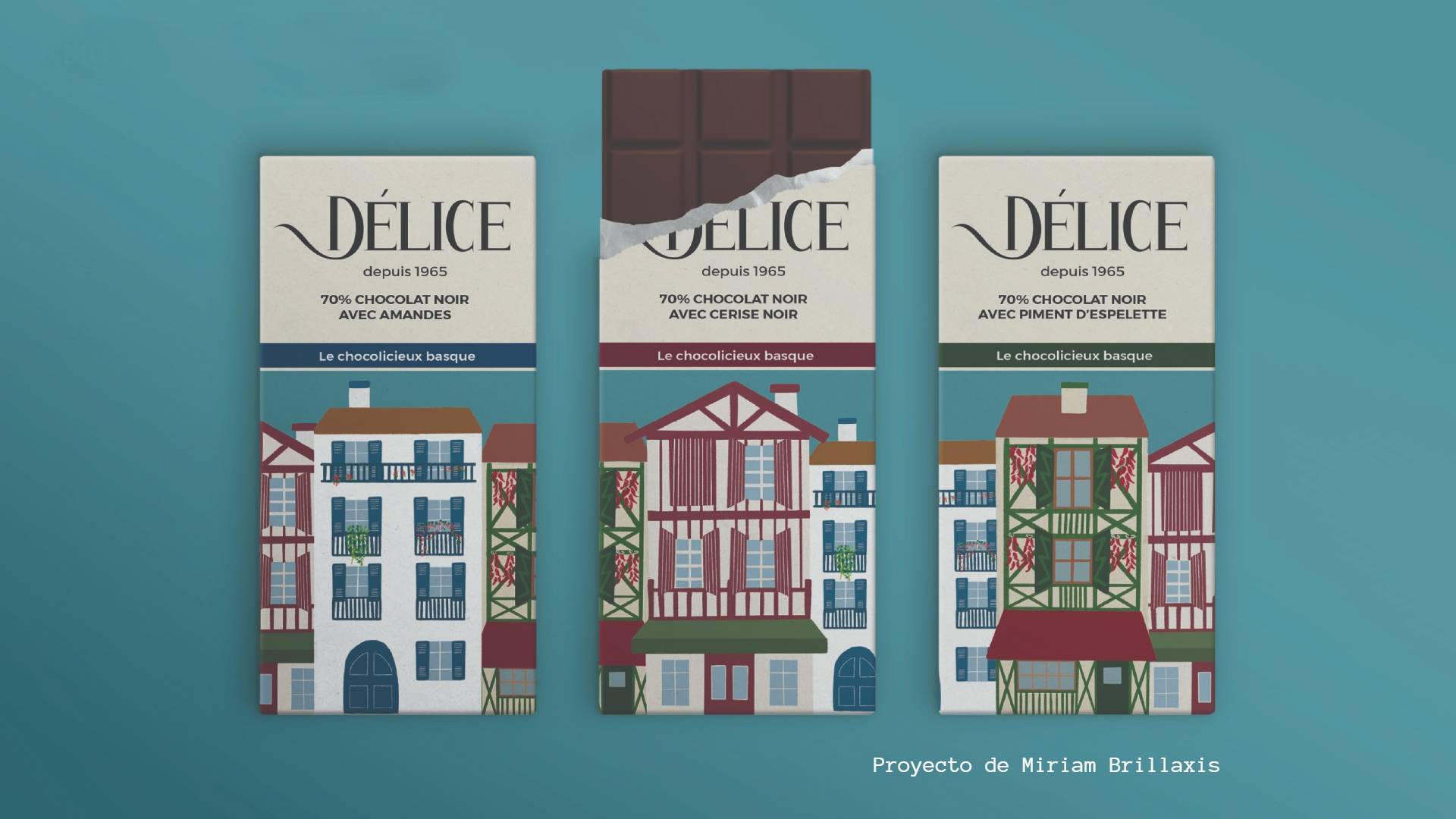What is a sales funnel and what are its benefits?
The sales funnel, also known as the sales funnel, is an essential strategic model in digital marketing. It is an elaborate system that guides target audiences through a process that converts people first into leads and then into customers. Implementing an effective sales funnel can significantly increase the efficiency of a company's marketing and sales strategies.
What does a sales funnel do?
A sales funnel is a representation of a customer's journey from first contact with the brand to final purchase and subsequent retention. In this way, the sales funnel model helps companies understand and manage the stages a lead goes through up to the point of conversion and beyond, with subsequent loyalty. By studying a sales funnel, important insights can be made about customer behaviour, preferences and friction points in the buying process.
The funnel can identify key areas where marketing and sales strategies can be improved to increase conversion. For example, if many potential customers are lost at a specific stage of the funnel, the company can investigate and address the causes of this leakage of interest. In addition, a well-designed funnel helps to personalise communication and offers for different customer segments, thus improving the customer experience and increasing the chances of conversion.
What are the stages of the sales funnel?
The sales funnel is divided into several stages, each representing a different step in the customer journey during a buying process that begins long before the decision to purchase a product or service is made. Understanding these stages and why they are divided is essential to optimise the sales and marketing process.
- Attention-getting: In this initial stage of the sales funnel, the objective is to raise brand awareness. Possible strategies include content marketing, advertising and social media presence.
- Interest: Here, potential customers show interest in your products or services, so it is important to provide valuable and relevant information to keep them interested.
- Consideration: At this stage of the sales funnel, potential customers evaluate what is being offered and compare it to your competitors' offerings. Product demonstrations, free trials and case studies are very effective weapons at this stage.
- Intent: Customers who reach this fourth stage of the sales funnel demonstrate a clear intent to buy. Promotions and special offers can be useful to get the final push to drive the purchase decision.
- Conversion: After all the above stimuli, and with the idea firmly in their head, the customer makes a purchase. Providing a smooth shopping experience and excellent customer service are two crucial aspects at this point.
Of course, no brand can be careless after a sale has been made. After the purchase, efforts must focus on customer retention. Email marketing, loyalty programmes and after-sales care all play an important role in the loyalty stage, which aims to turn a one-off purchase into a repeat purchase.
Each stage of the funnel, as our Master in User Experience for Digital Product and Service Design students will see, requires specific strategies and tactics to effectively move potential customers towards purchase, and beyond!
Examples of how to make a sales funnel
Creating an effective sales funnel requires understanding the specific needs of the audience in each case in order to tailor the strategy to them. The best thing, without a doubt, is to look at some examples of how different companies can implement successful sales funnels in different sectors.
- Software company (B2B): A software company that offers CRM solutions to other companies can start its funnel by attracting visitors through blog articles on customer relationship management. Then, it can offer a free ebook in exchange for contact information, converting visitors into leads. By following up with webinars and free software demonstrations, you can drive leads to consider purchasing your product. In addition, this company can offer a free trial period or discounts for new customers, which will end up getting many of your leads to consider purchasing the CRM solution offered to them.
- Online clothing shop (B2C): A fashion online shop can start its sales funnel with social media ads targeted at its target audience. By clicking on the ad, users are taken to a landing page with a special offer (e.g. a discount on the first or second purchase). After the purchase is made, it is a good idea for customers to receive emails with personalised recommendations and exclusive offers, encouraging repeat purchases and loyalty, which is essential to ensure the sustainability of the business.
These two examples demonstrate how sales funnels can be adapted to different business models, maximising their effectiveness in converting prospects into loyal customers that help the company grow.

